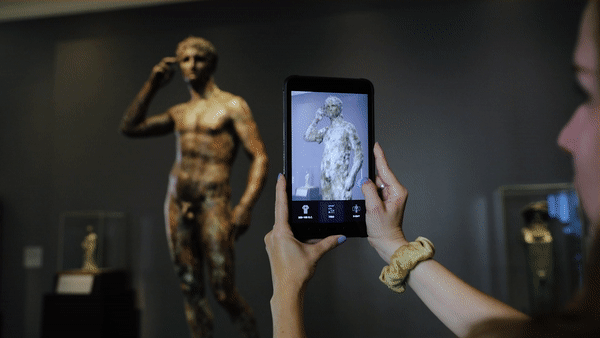Project Description
One of the biggest misconceptions of Western art history is that the ancient world was monochromatic. On the contrary, antiquity was gleaming with colorfully painted artifacts that looked vastly different from the remains we see today.
This location-based AR app reveals the long-lost history of one of the Getty Villa’s most prized statues.
“Victorious Athlete in Augmented Reality” is the pilot project of the series “Colors of Antiquity: Ancient Polychromy Revealed Through Augmented Reality.“

Our team produced, designed, and developed this experience in collaboration with Packet39.
The experience
Museum visitors can point their mobile devices at the “Victorious Athlete” in the Hellenistic gallery to reveal the story of this ancient statue in 3 chapters. Using AR, visitors can see:
- A speculative recreation of what the statue looked like originally in ~300 B.C.
- A recreation of the statue before conservation when it was hauled out of the Adriatic Sea in 1964, after being lost for centuries (based on archival photographs)
- An x-ray view of what the inside of the statue looks like today (based on real conservation x-rays that give us hints into how this ancient sculpture was cast 2 millennia ago)
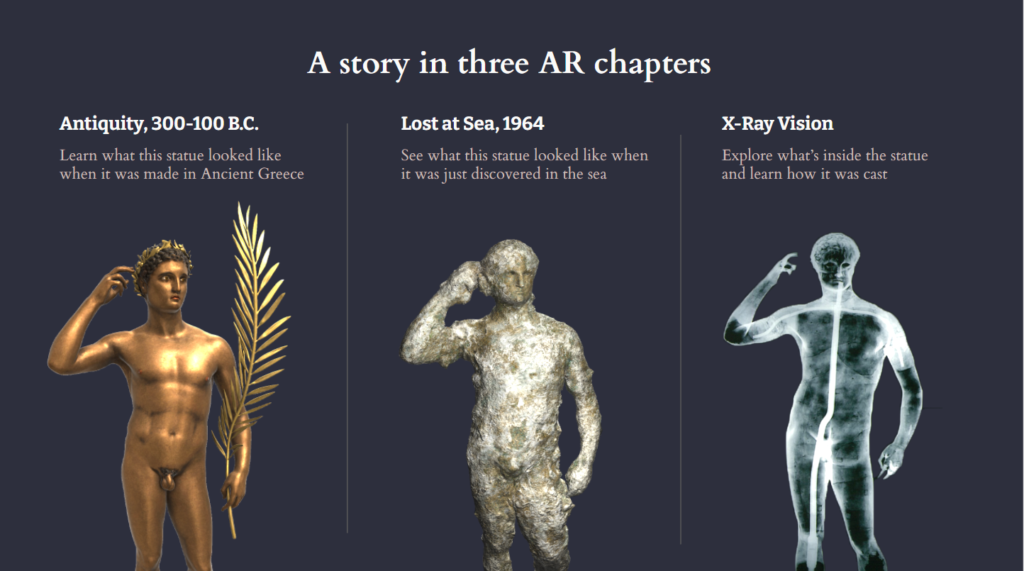
Process
Our studio led the entire product development cycle, from the initial discovery and concept development to the final production and user testing. The process included everything from 3D scanning the statue to consulting with content experts and working with our 3D artists to create the final 3D models for the project.
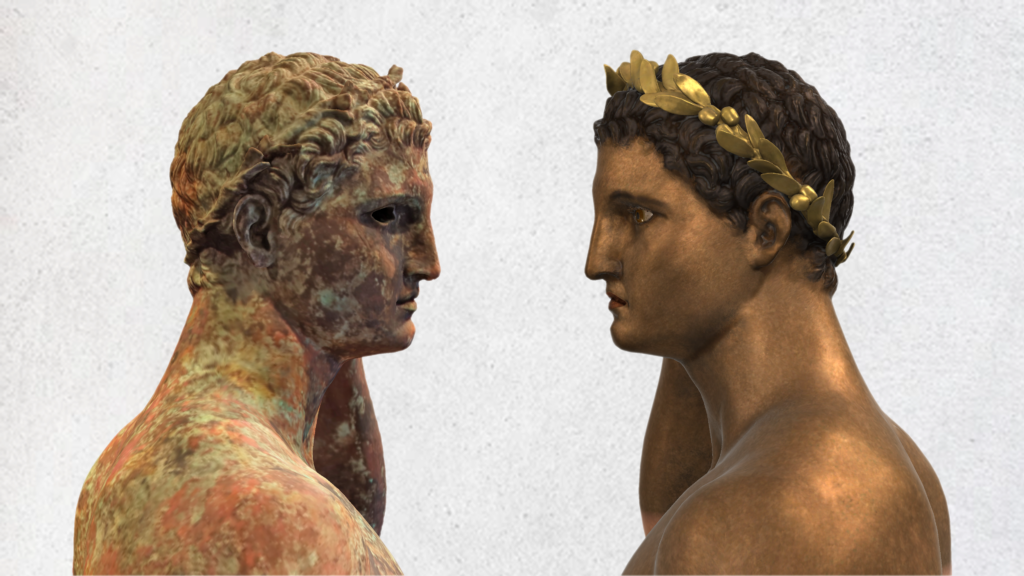
Feedback From End Users
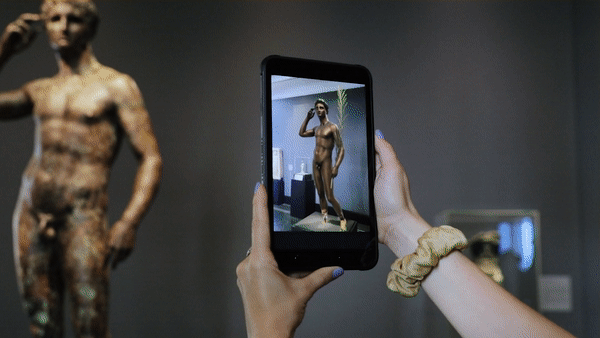
Through qualitative testing sessions with visitors and museum educators, we’ve found that AR can be an impactful tool for engagement and learning in museums. The technology adds rich meaning to interpretive content and improves the visitor experience.
Visitors had a higher preference for using AR as a means to engage with the history of the statue than traditional means of engagement, including self-guided exploration or museum tours. The app increased students’ willingness and excitement to learn about this piece of art history. This level of engagement can often increase knowledge retention, though a longitudinal study is needed to inform and prove this claim.
Testing also revealed the benefits of using this application by docents. The app improved museum docents’ ability to conduct guided tours, tell a story, and showcase AR recreations to tour participants.
Impact
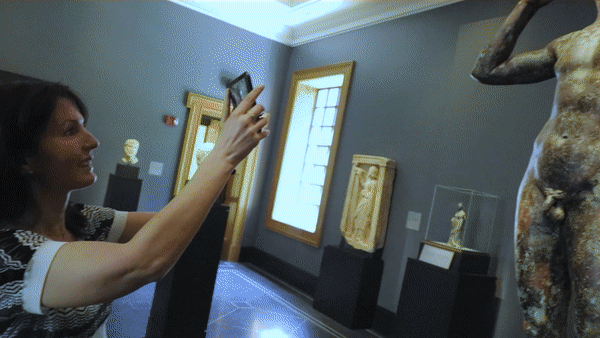
Augmented reality can be an impactful teaching tool at museums and historic sites. There is a multitude of benefits of using augmented reality in these spaces:
- Viewing an object of historical significance often demands imagination and knowledge to fill gaps in understanding an artifact’s original form. AR can showcase to visitors how sculptures were originally intended to be viewed.
- Traditional means of teaching art history often struggle to engage visitors and learners. AR can provide a fresh, engaging way to teach ancient art and culture while attracting new audiences and increasing visitor engagement.
- Conservationists would never alter an object to look like it did in its original state. AR allows for displaying interpretive content on ancient museum artifacts without compromising their conservation or interfering with the exhibition space.
- AR experiences can give visitors agency, tell a story, and excite the imagination, making them more inquisitive and interested in museum collections and content.
